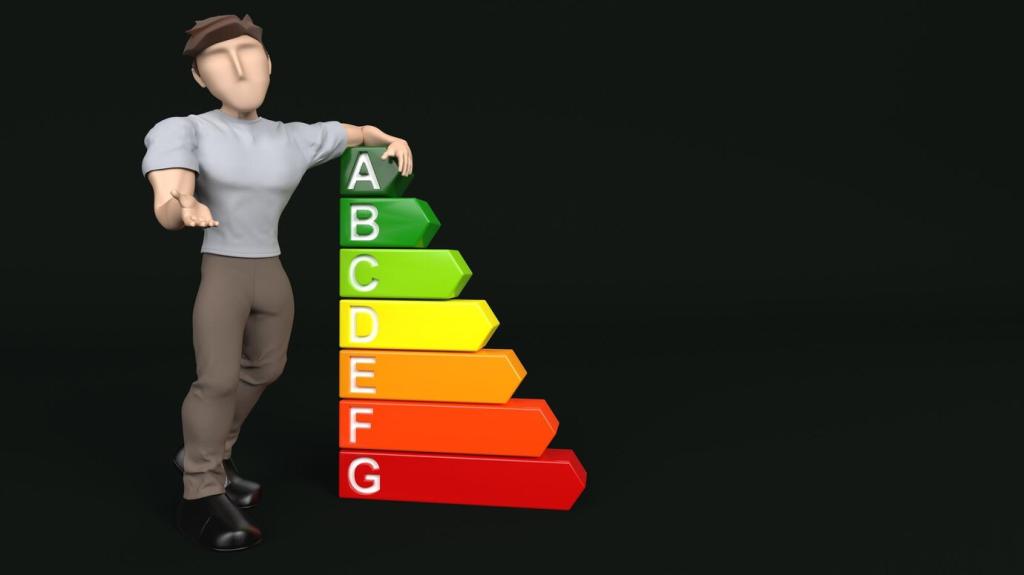
DIY Energy Audits: Uncover Comfort, Savings, and Control
Chosen theme: DIY Energy Audits. Welcome to your friendly guide for spotting leaks, taming bills, and boosting comfort—using simple tools, clear steps, and real stories. Subscribe and share your findings; together we’ll turn small fixes into lasting wins.

This is the heading
Lorem ipsum dolor sit amet, consectetur adipiscing elit. Ut elit tellus, luctus nec ullamcorper mattis, pulvinar dapibus leo.

This is the heading
Lorem ipsum dolor sit amet, consectetur adipiscing elit. Ut elit tellus, luctus nec ullamcorper mattis, pulvinar dapibus leo.
Pack a flashlight, tape measure, notepad, painter’s tape, smartphone camera, infrared thermometer, smoke pencil or incense, and a multi-bit screwdriver. Add door sweep samples, outlet draft gaskets, weatherstripping, gloves, and a dust mask. With this kit, your DIY Energy Audits become organized and stress-free.
Tools and Safety for a Confident Start
Step-by-Step DIY Energy Audit Walkthrough
Circle your home and photograph roof, gutters, siding, and penetrations. Look for missing caulk, cracked foundation sealant, loose flashing, and gaps around pipes or cables. Note shading from trees that cool summers but may block winter sun, and plan fixes by priority, cost, and season.



Insulation, Windows, and Attic Health
R-values made friendly
Many U.S. attics benefit from R-38 to R-60, while wall recommendations vary by climate. Check energy.gov for your zone. Fluffy insulation needs airtight boundaries to work; rigid foam can block thermal bridges. During DIY Energy Audits, measure depths, map cold spots, and prioritize the biggest gaps first.

Appliances, Lighting, and Everyday Habits
Profile chargers, printers, set-top boxes, and game consoles with a Kill A Watt. Keep routers on, but route entertainment gear through smart strips. Label switches so family members can help. A one-week test often reveals easy savings you’ll never notice—except on your next bill.
Appliances, Lighting, and Everyday Habits
Choose LEDs by lumens, not watts; about 800 lumens equals an old 60-watt bulb. Pick warm 2700K for living spaces, cooler 4000K for tasks, and aim for high CRI to flatter colors. Add motion sensors in closets and dimmers where ambience matters.
Appliances, Lighting, and Everyday Habits
Create a five-minute nightly power sweep, laundry schedules for off-peak hours, and a weekly fridge-check to toss energy-wasting clutter. Post a simple scoreboard on the fridge door. Share your victories in the comments and subscribe for printable trackers curated for DIY Energy Audits.


Measure, Track, and Celebrate Results
Download twelve months of bills, chart kWh and therms, and normalize with heating and cooling degree days. Track usage per square foot so comparisons stay fair. With a baseline, your DIY Energy Audits become experiments that show what worked, when, and by how much.
Measure, Track, and Celebrate Results
List projects with cost, time, and expected savings, then rank by fastest payback and comfort impact. Quick wins build momentum for larger upgrades. Don’t forget health, noise, or sunlight benefits—they matter. Tell us your shortlist, and we’ll suggest practical next steps to keep progress rolling.
